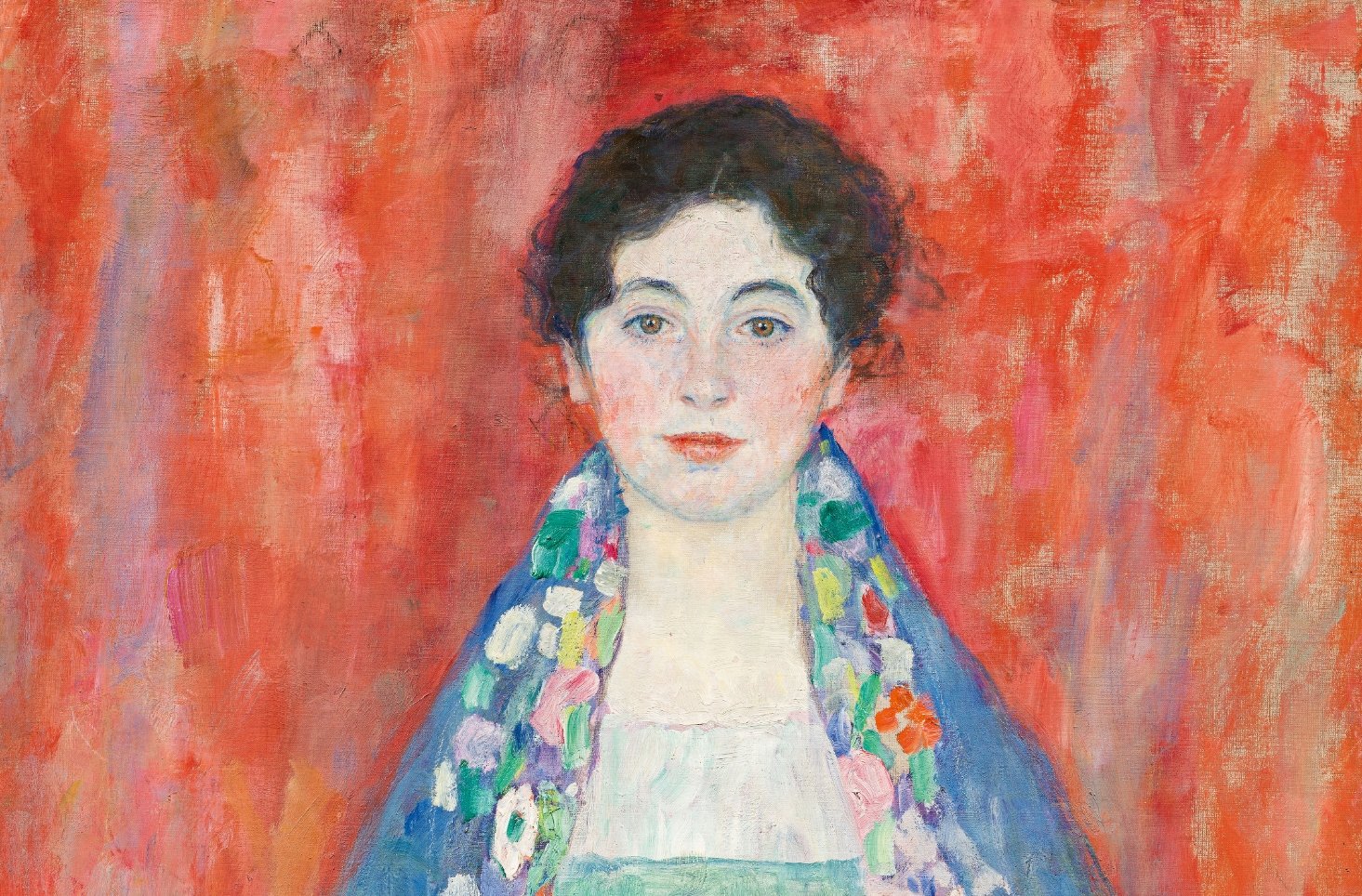
A new potential legal heir to a controversial and long-lost portrait by Gustav Klimt has emerged, just as the painting went under the hammer in a high-profile sale at Vienna’s im Kinsky auction house last week.
The painting, Portrait of Fräulein Lieser (1917), sold for $32 million to a Hong Kong buyer, bidding via the advisory firm Patti Wong & Associates. The price, though only the low estimate for the work, was the highest ever achieved by any Austrian auction house.
The existence of the potential heir, a Munich-based architect, became known after the individual filed a claim with Austria’s Federal Monuments Office, according to reports in the Austrian newspaper Der Standard. The heir is not a relative of the family of Adolf Lieser, who is widely believed to have been the commissioner of the portrait, but a potential heir to Lieser’s legal successors. The individual allegedly only learned of the portrait—and the controversy around its provenance—after reading previous reports about it in the German publication Süddeutsche Zeitung.
The painting is believed to have been started in May 1917 and was found unfinished in Kilmt’s studio when he died of a stroke the following year and handed over to the family. It was still in the family’s possession when a famous black-and-white photograph was taken of it in 1925. Little is known about how the painting changed hands between then and 1960, when it came into the hands of the recent seller. This specific four-decade gap in its provenance led to much speculation before the sale as to whether it may have been improperly acquired during the Nazi regime.
Yet, according to Der Standard, the im Kinsky sale was conducted in accordance with the Washington Principles on Nazi-Confiscated Art even though experts noted there is no evidence to suggest it was looted or illegally confiscated under Nazi rule and the Lieser family has made no claims the work was looted. Additionally, the sale only occurred after the Federal Monuments Office cleared it for export in October 2023 based on an application from the former owner of the painting, which authorities said had reached a private restitution settlement with the descendants of the Lieser family.
The Federal Monuments Office did not respond to a request for comment by press time.
The settlement, however, was only between the seller and the heirs of the Lieser family and not concluded with the auction house. Heirs generally declare they represent all possible legal successors, per Der Standard, which noted that the settlement would now need to be clarified with the family because of the emergence of another the new heir claimant.
Auctioneer Michael Kovacek sells the Gustav Klimt painting Portrait of Miss Lieser for $32 million in Vienna, setting a record price for an Austrian auction despite questions over its provenance. Photo: Alex HALADA / AFP.
The subject of the work is known to have been a member of the Lieser family, though precisely who sat for the portrait and commissioned it is contested, which further clouds any potential claims on the painting. As reported by Süddeutsche Zeitung, two branches of the Lieser family could possibly be tied to the work—connected via the brothers Adolf and Justus Lieser.
Generally, scholars have accepted that the painting is of a young woman named Margarethe, the daughter of Adolf Lieser and his wife, Silvia. But the work could also picture one of her similarly aged cousins, Helene and Annie Lieser—the daughters of Justus Lieser.
People familiar with the family had identified the sitter as Margarethe in statements to two previous authors who wrote Klimt catalogs raisonnés. But im Kinsky discovered that the painting was apparently “owned” by the other Lieser branch in 1925, a reference made an an envelope. Helene is preferred by those who believe one of the two sisters is depicted on the Justus Lieser branch of the family.
The settlement agreement was reached with both branches of the family but overlooked the heir claimant, the legal successor to Margarethe Lieser’s brother Hans. If the painting had been commissioned by Adolf and Silvia Lieser, then Hans would have been entitled to inherit an equal share of the work with Margarethe.
Lawyers for both parties told Der Standard that the situation was under review by the clients.
The heir claimant is now demanding that Austrian authorities withdraw the export license until his claim can be examined. The auction house did not respond to a request for comment by press time, although a representative said in a statement to the Austrian press that if the claimant was mistakenly omitted from the agreement, then all parties would discuss the dispute after the auction.
The news comes as im Kinsky has faced criticism for its handling of Nazi-looted artwork by a representative for the descendants of Fritz Goldschmidt and his wife, Thea, who were murdered at Auschwitz in 1944. The Goldschmidts held a significant art collection, and their heirs are seeking the restitution of a portrait by German Impressionist Lovis Corinth.
The 1913 painting Tirolerin mit Katze was sold at im Kinsky and the family has been attempting to negotiate its return without success, a representative for the Polish family said in an email, reaching out after Artnet News previously reported that the auction house was chosen to consign the Klimt over Christie’s and Sotheby’s because they claim they have a good of reputation in dealing with Nazi-looted pieces.
“This could not be further from the truth. The auction house is notorious for quite the opposite and our experience in our case has proven that,” said the family’s representative who called im Kinsky a “barrier between the client and the current possessor of the piece” and pointed to previous accusations of “moral bankruptcy” at the auction house.